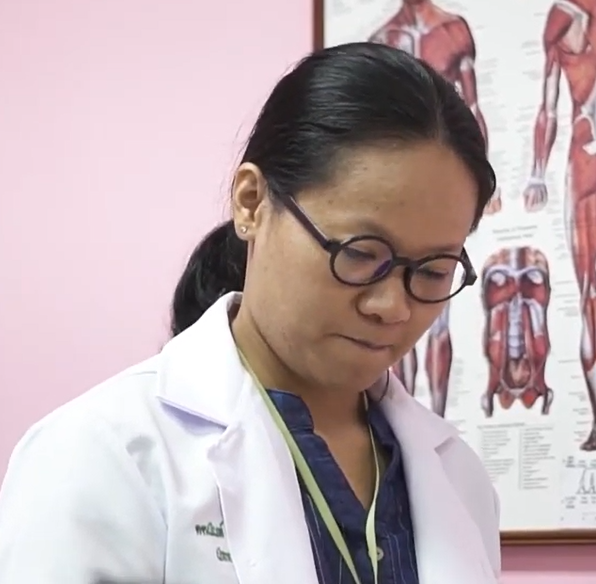|
K. Ngamdencharoensri, P. Kooncumchoo, B. Rungroungdouyboon, "The design of functional mechanical hand device for spasticity hand functions", Vol.9 No.1, p. 1-10 Abstract
Stroke patients usually have disability on body opposite to damaged brain side. Recovery of upper limb is more difficult than lower limb. In addition, the distal parts of limbs are less recoverable and slower than the proximal parts. Moreover, in some cases, no longer recover any hand functions. They are not weakness only, but there are also spasticity that limit hand functions training after stroke. In moderate to severe spasticity, patients cannot open hand by self. So, the functional mechanical hand device is invented for assisting open spasticity hand, allowing patients to practice their hands by themselves every day. The main components of this prototype are springs separating of individual finger. The spring force acts finger extension. Individual finger spring has a unique force like the natural force proportion of any finger. That reason for each finger moves close to the natural fine movement independently while using the device. Also, the wrist of device is in suitable position for using hand. The simulation results of this prototype show that there is strength and safety in use. Especially, it is suitable for this patient type. The biomechanical test results in the healthy subject show that range of motion (ROM) of fingers are in the desired motion range. It is suitable to each task gestures of the finger.
0 Comments
|
Archives
May 2023
Categories |
HoursM-F: 7am - 7pm
|
Telephone+66-(0)-2564-3001 ถึง 9 ต่อ 3247
|
|





 RSS Feed
RSS Feed